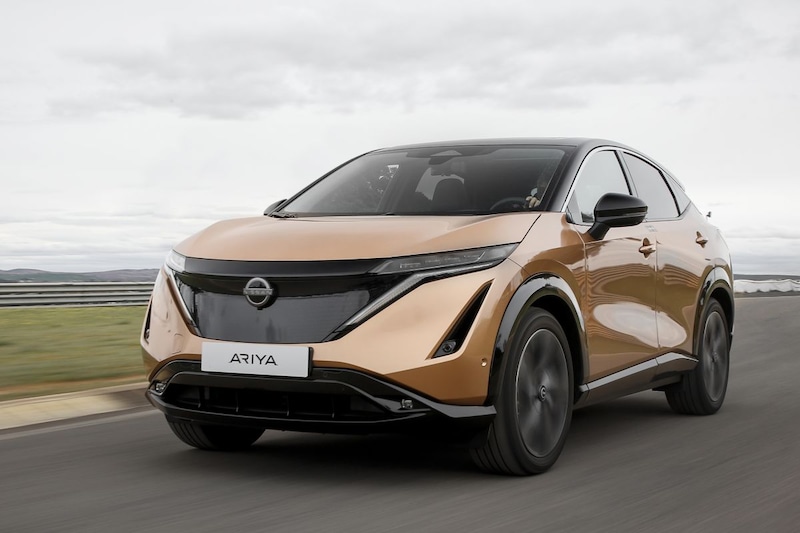Nissan Pro Pilot 2.0

In Europe, the legislation is not yet ready for this, but in its home country Japan, the Nissan Ariya, like many of its stablemates, can already drive autonomously on the highway. We got behind the wheel of an Ariya with ProPilot 2.0 to (not) drive ourselves.
“You don’t have to keep your hands so close, the car will warn you in time if you need to intervene,” assures the Nissan supervisor. However, old habits are difficult to suppress. Especially with enormous jet lag and a few hours of sleep behind you. I’m behind the wheel of a right-hand drive Nissan Ariya, in the morning rush hour of Tokyo, where I’ve never driven before. The amount of new information I have to process is therefore quite large anyway. And this specific car is also equipped with Nissan’s Propilot 2.0 system, which should in principle allow the car to drive on the highway all by itself from entrance to exit.
The technology is not unique to Nissan, but in Europe you cannot yet use it with any brand due to regulations. Things are different in their home country Japan. Almost the entire highway network has been digitalized, so in principle you can let the car drive independently from the moment you enter the highway until you leave it again. He is therefore able to take the correct exit at junctions and, when approaching a slower car, determine when to overtake. The condition is, of course, that you use the navigation system, otherwise the car will not know where to go, and that you keep your hands on the steering wheel when changing lanes. Based on data from the navigation system, lidars, cameras and sensors all around, the Ariya builds up a picture of what is happening around the car and how the situation could potentially develop.
All signals on blue
So much for theory, back to practice. We are driving on a highway in central Tokyo and all the signals in the head-up display and the digital instruments are blue. This means that the car is capable of making the right decisions now and in the near future, so you can take your hands off the wheel and keep it that way. In busy traffic this remains the case until the speed drops below approximately 25 km/h.
We sit there staring at a blue screen for minutes, while the car quietly does its thing. The Ariya neatly keeps the center of the lane, uses the available space to its predecessor to keep the carriage rocking as little as possible and shows on the instruments which fellow road users it ‘sees’ and where they are driving in relation to itself. Neat, but apart from not having to hold the steering wheel, it is something we know from Tesla, Mercedes or BMW, for example. Unfortunately, the Nissan cannot change lanes independently either. Although it recognizes when it is possible to change lanes safely, as soon as you turn on the turn signal, the blue instruments turn green and you have to keep your hands on the wheel again. In theory, the car should steer itself, but despite repeated attempts, the Ariya does not do that in our case. Perhaps it is due to the now quite heavy crowds.
We see something similar when taking an exit. The car knows that the exit to be taken is coming and warns us nicely, but then the system gets a bit confused and asks us to take control. So it doesn’t work completely flawlessly. But: we didn’t have to do anything for minutes and if that could be done in the short term at traffic jam speeds, then these types of systems really add something. And we like to keep our hands to ourselves.
– Thanks for information from Autoweek.nl

